| RPM Ford Tf-C in 1/72 scale |
| Finished: January/2022 |
A few years ago, after finishing my Renault FT-17 model from the Polish manufacturer RPM, I promised I would never build an RPM model again...
Well, here I am again...
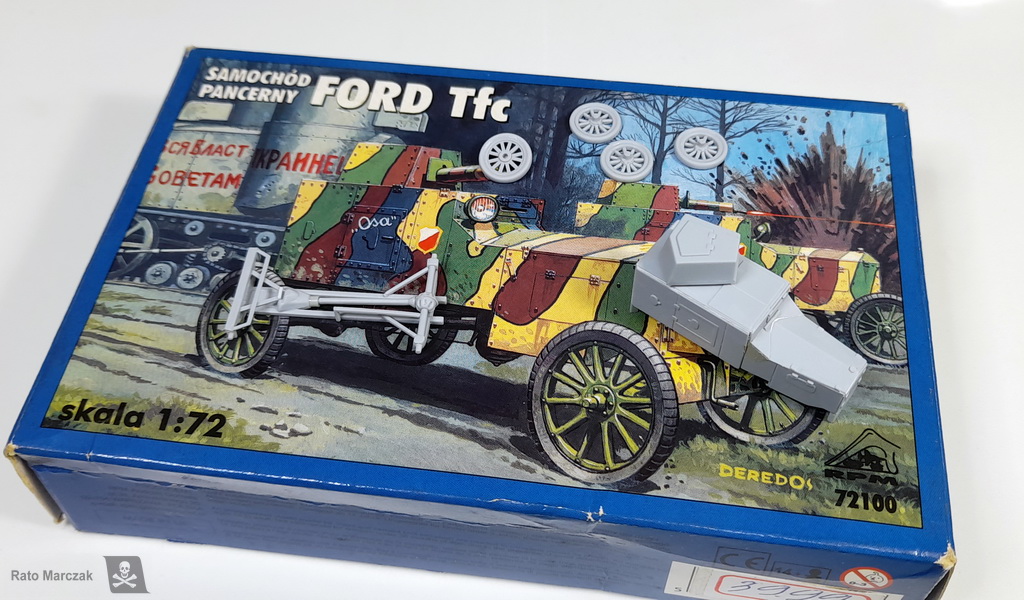
Don't ask. I still have another RPM kit in my stash. Seriously, I wanted to build this model using two silly excuses: (a) I needed something quick, to make a display base using a few new items I had, and (b) because the camouflage was very interesting, I could test some ideas and also give some honorable usage to some of my old enamel paints laying around. Besides all that, the Ford Tf-C was the first military vehicle designed in Poland (using a Ford chassis), so there are some family motives as well. Check the history of this vehicle here.
The first task in accurizing this little model was to rivet it. The RPM kit brings no rivets, and the real thing had them all over. So I spent a whole night applying rows and rows of rivet decals. I also made new leaf springs, added hinges to the doors, and improved the machine gun:
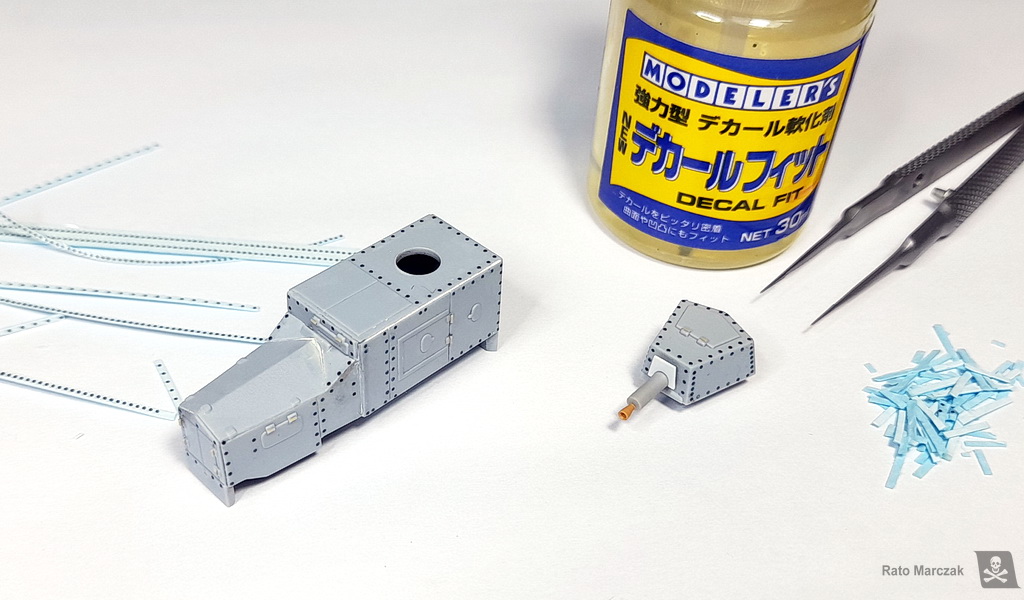
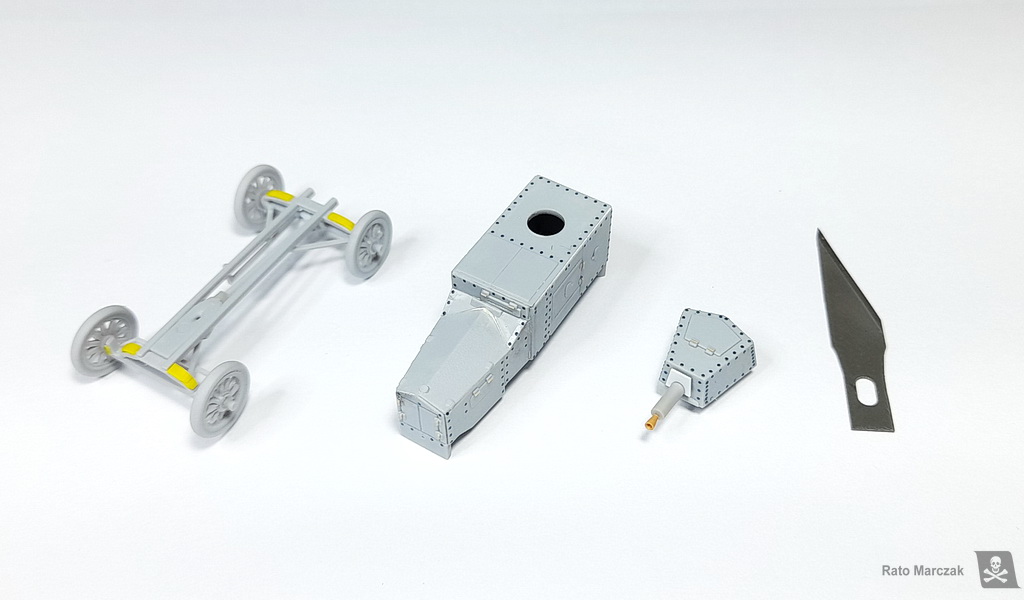
After priming the model, I started to paint the intricate camouflage. As I said, I used my old stash of Humbrol and Tamiya enamels for the main colors. It was a real pleasure to hand brush these paints. It was a trip down the memory lane - white spirits, a pointed round brush, watching an old Western movie - and I couldn't tell how fast time has passed. No brush marks, no airbrush mess. I have to do it again soon.
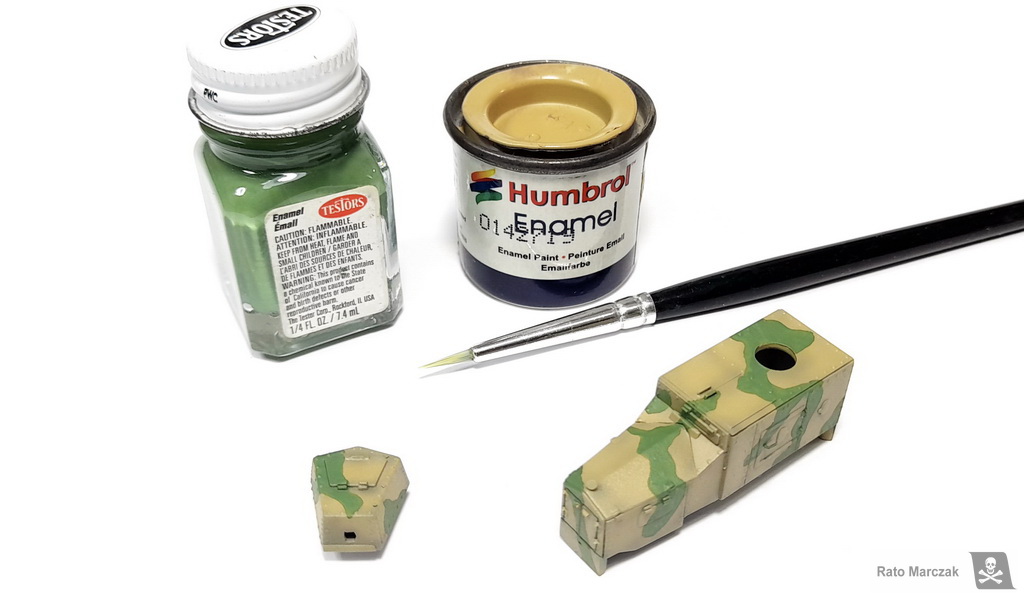
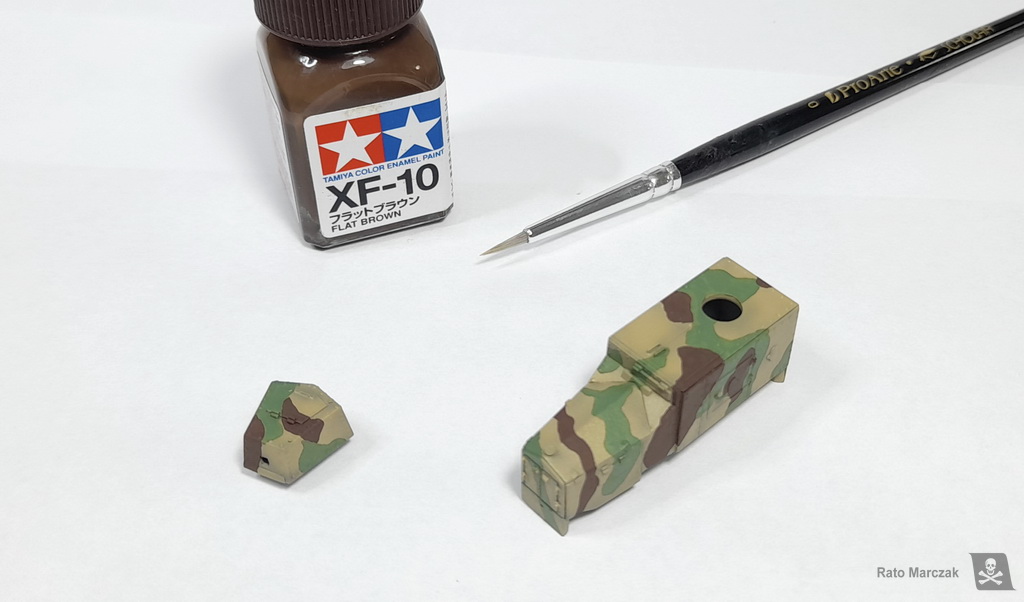
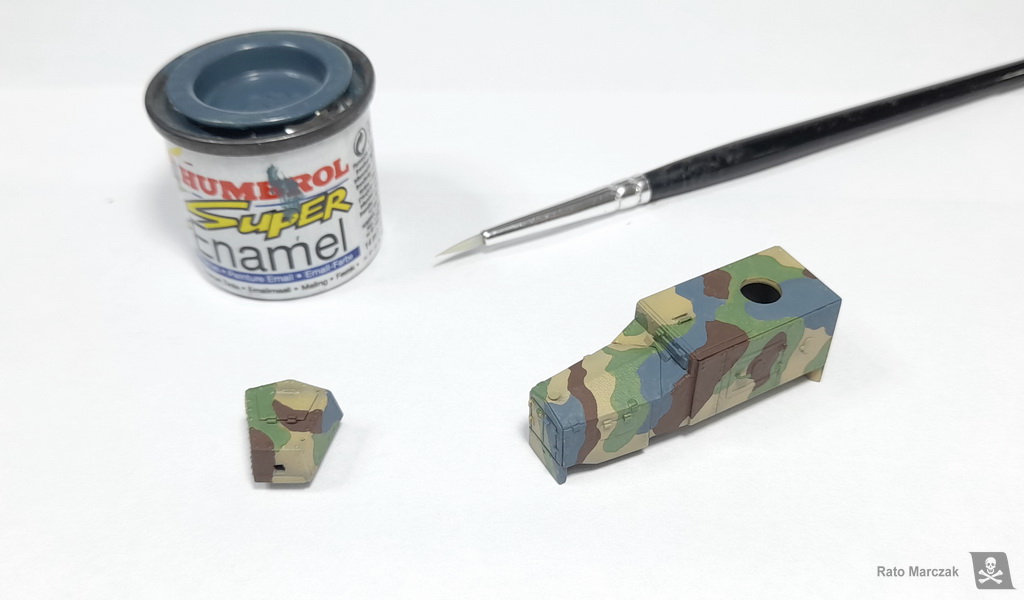
But then I had to load the airbrush with some lacquer clear and protect my previous colors for the next challenge. Remember when I mentioned that I had some ideas about this model? Well, I was thinking of using technical bens to draw - literally draw - the black outline between the camouflage colors. I've read about modelers using permanent pens, but I don't trust them (check here why). So I loaded a couple of ink pens, tested them, and opted for the 0.2 mm loaded with a good quality ink It worked:
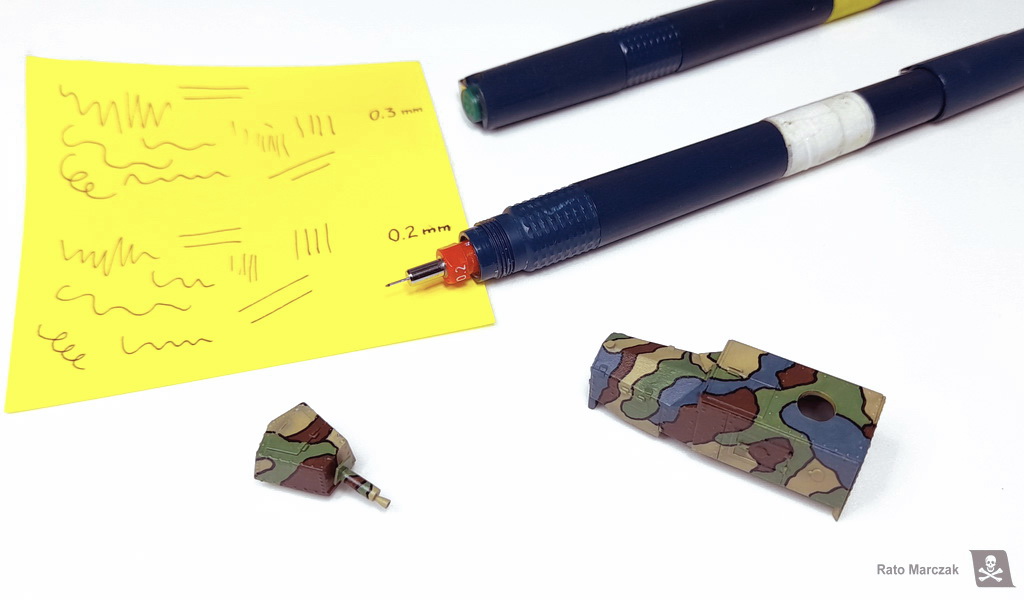
A new coat of protective semi-gloss varnish and I could start the weathering. It was a simple sequence of washes, pigments, and splashes. I also replaced the kit ax with a better one and a new scratchbuilt headlight.
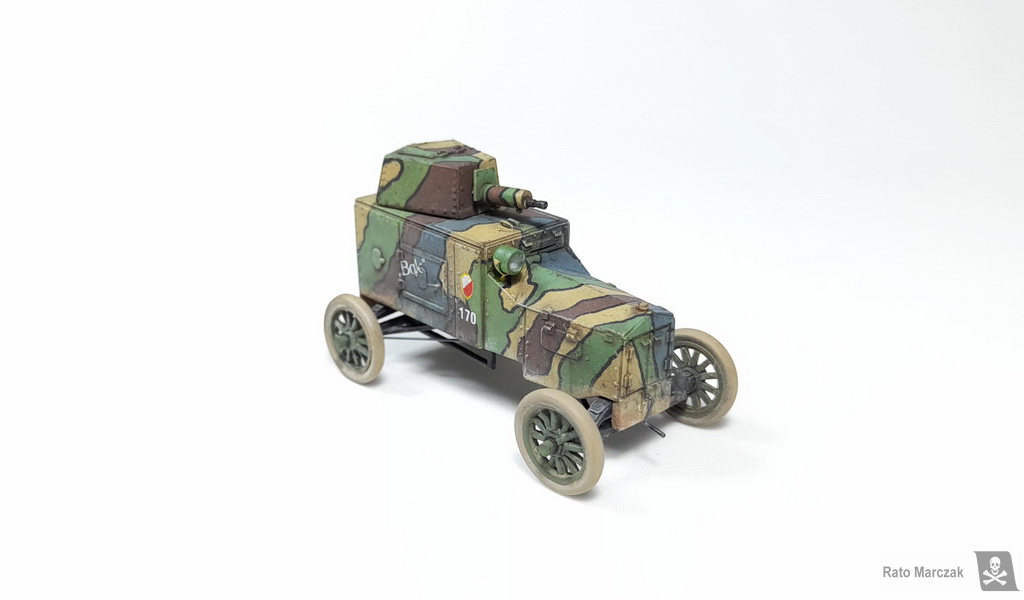
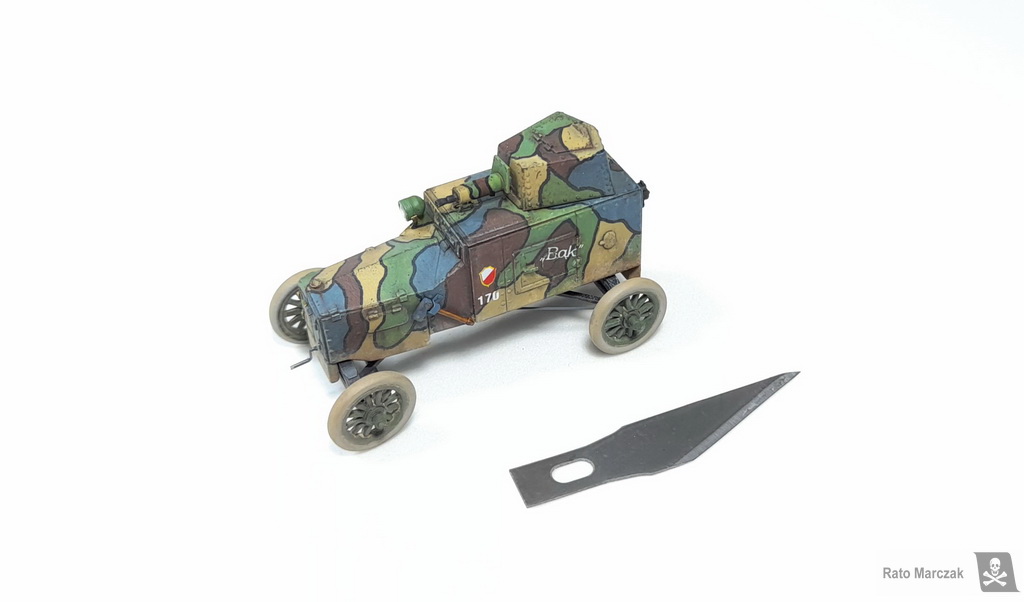
The next step was one of the main reasons why I made this kit. I wanted a different display base, something more ludic for a change. I will not describe the sequence/materials used, the ten steps below are evident:
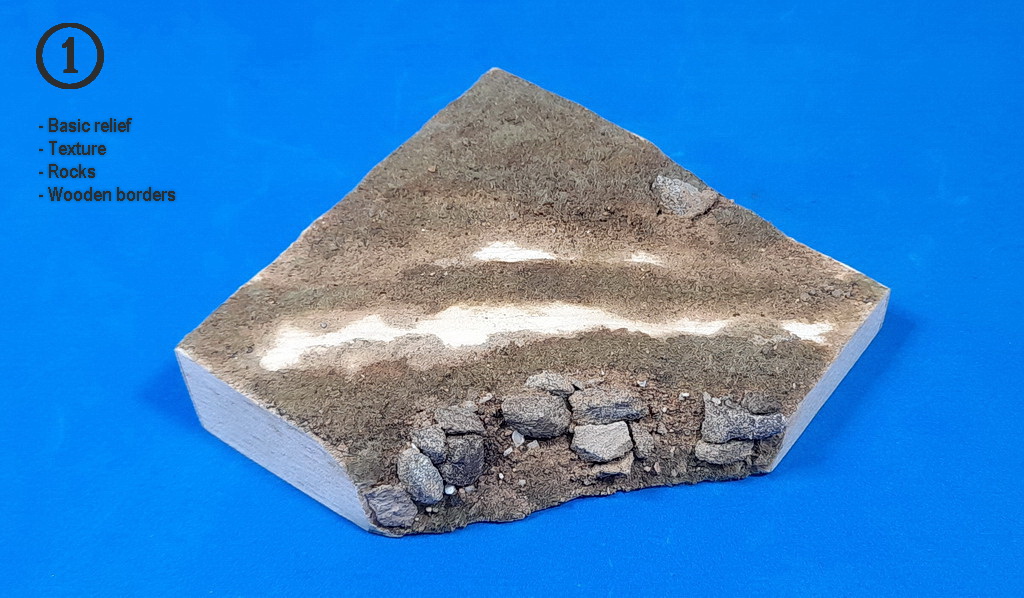
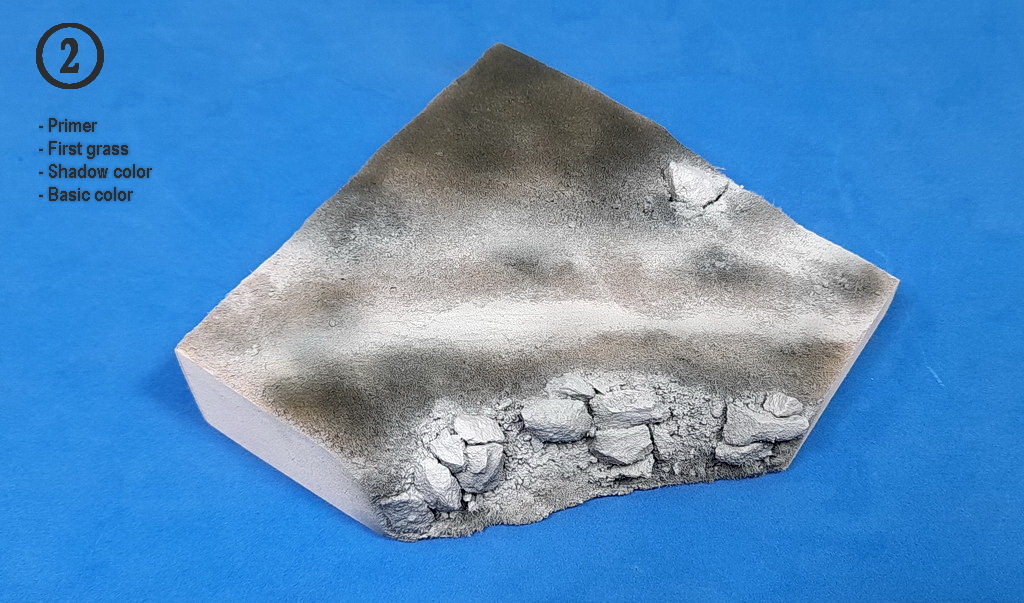
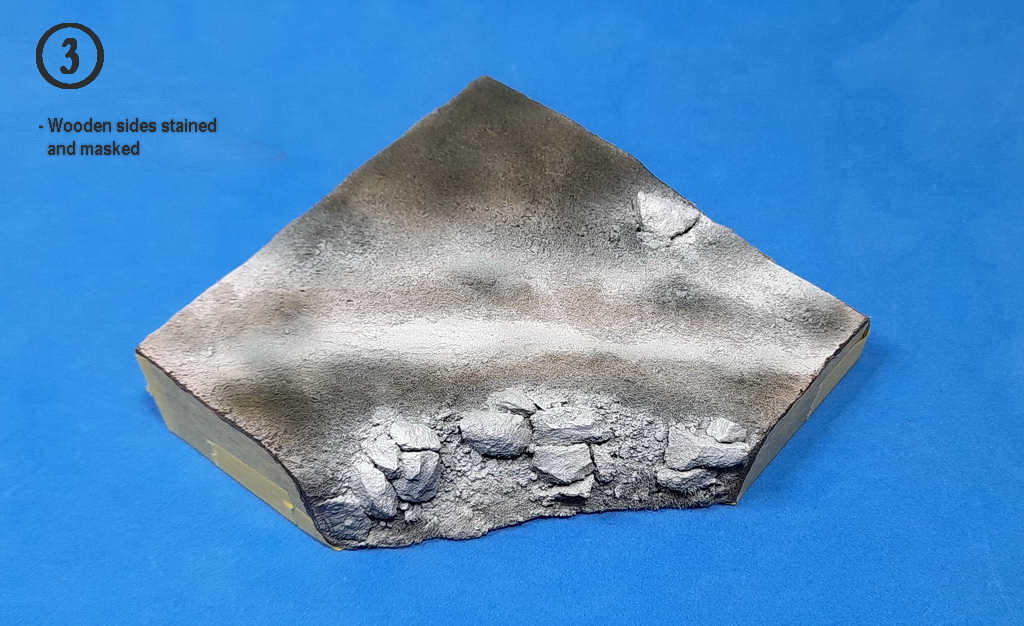
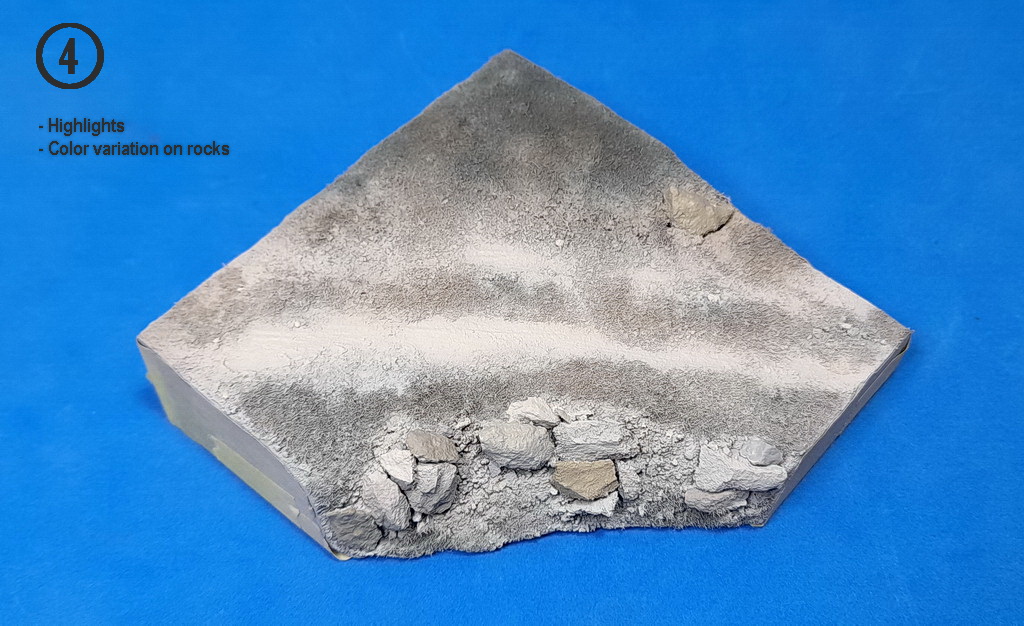
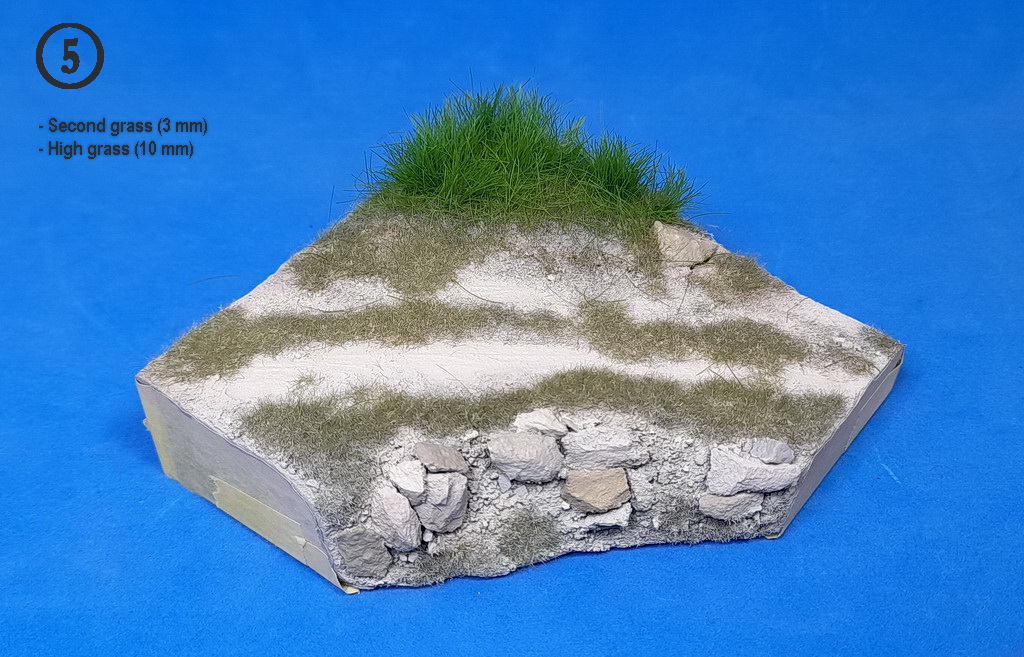
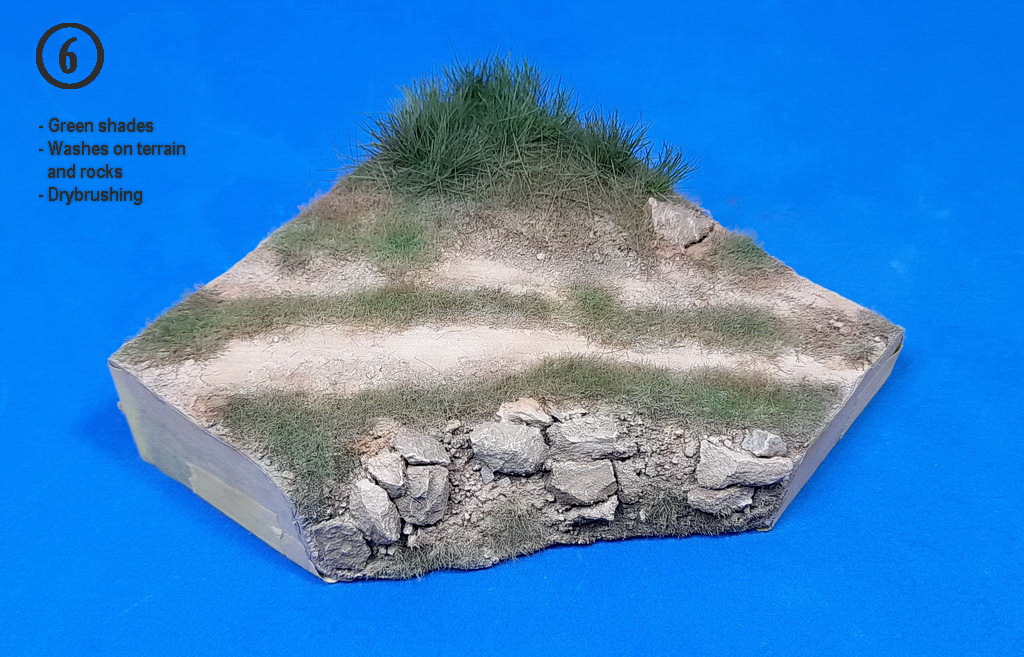
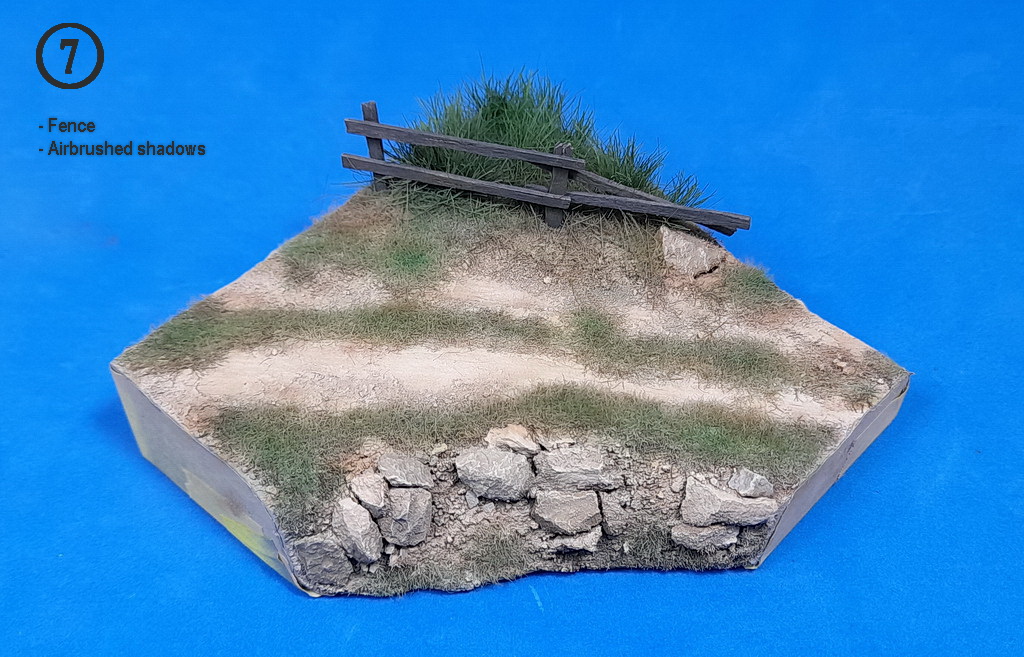
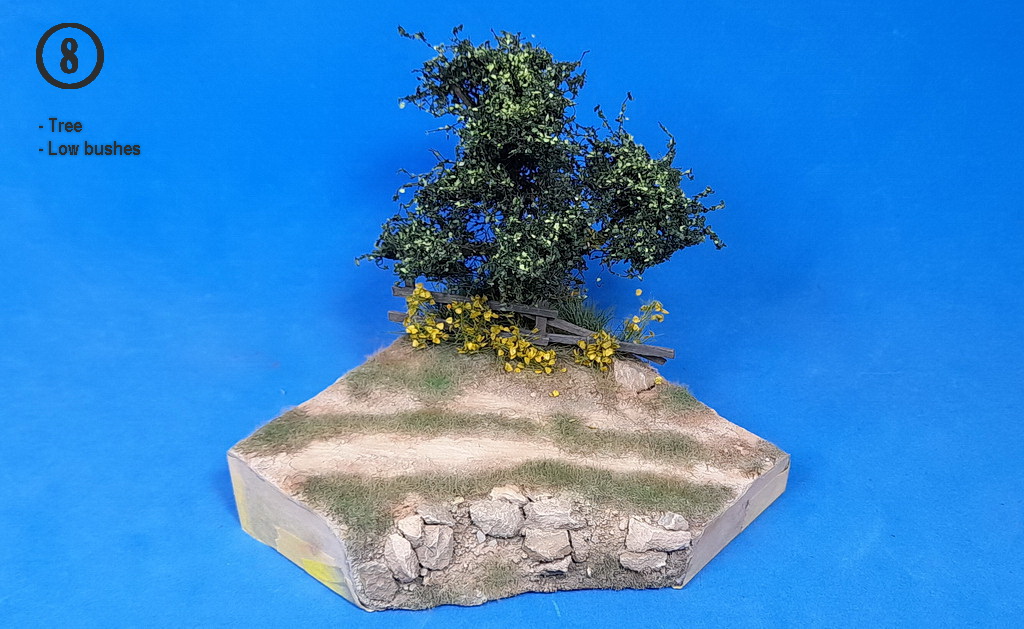
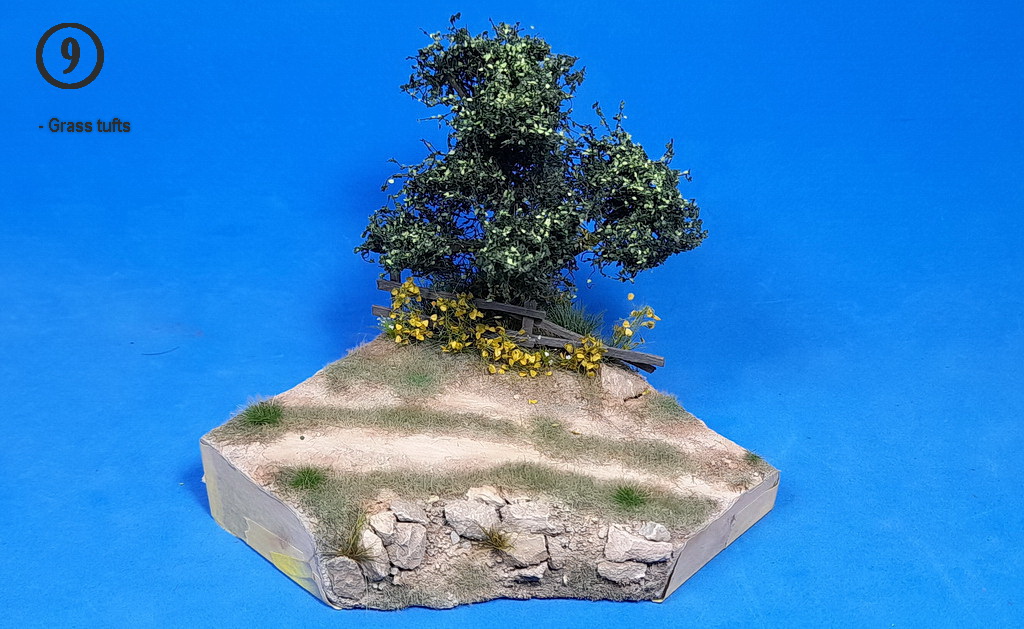
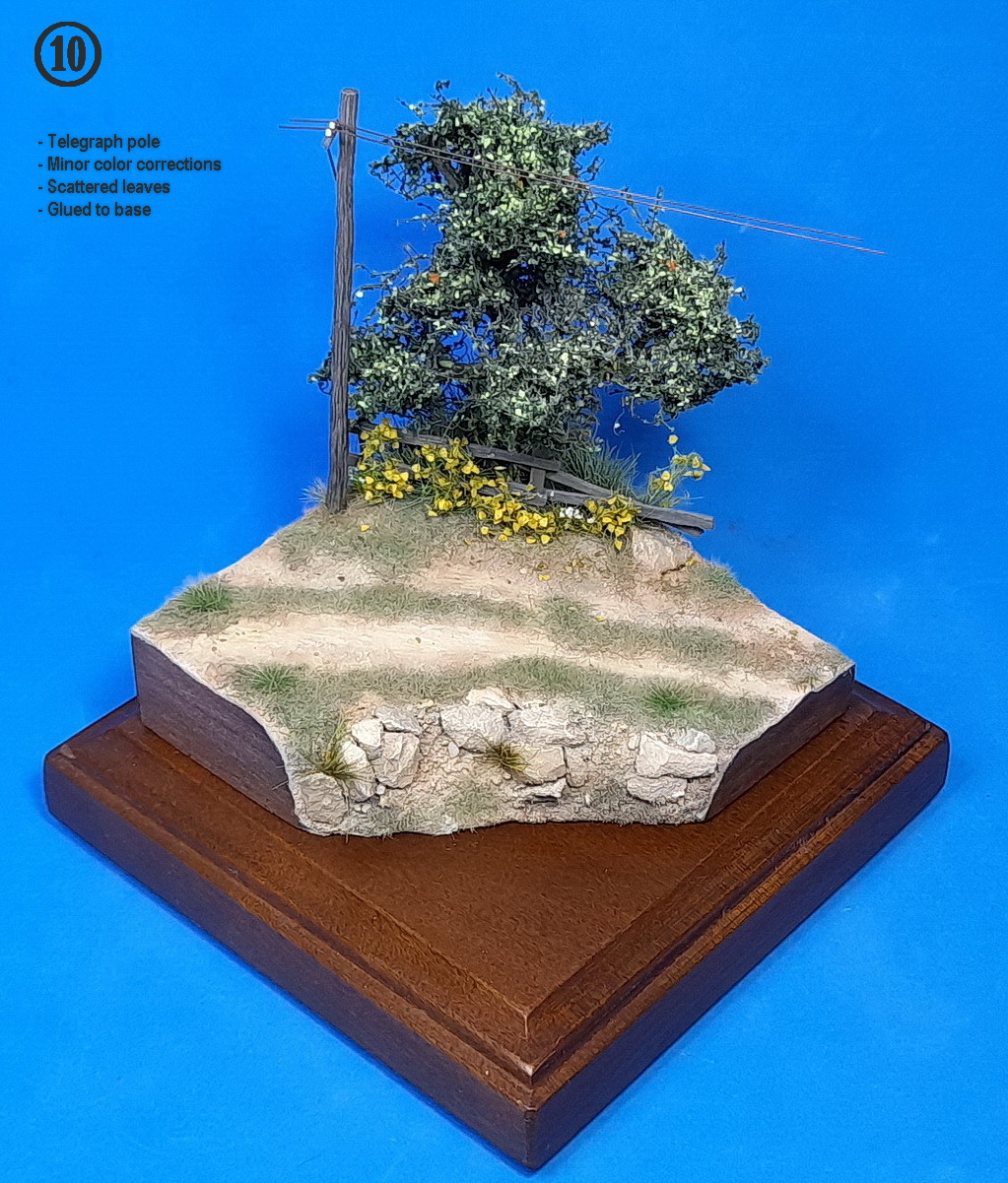
The final touch to the base was a badge which I cut out of a brass plate and painted to match the unit logo on the sides of the Ford. I liked the way the vegetation looks, and the variety of colors and textures on the scene. The pole also gave an extra touch:
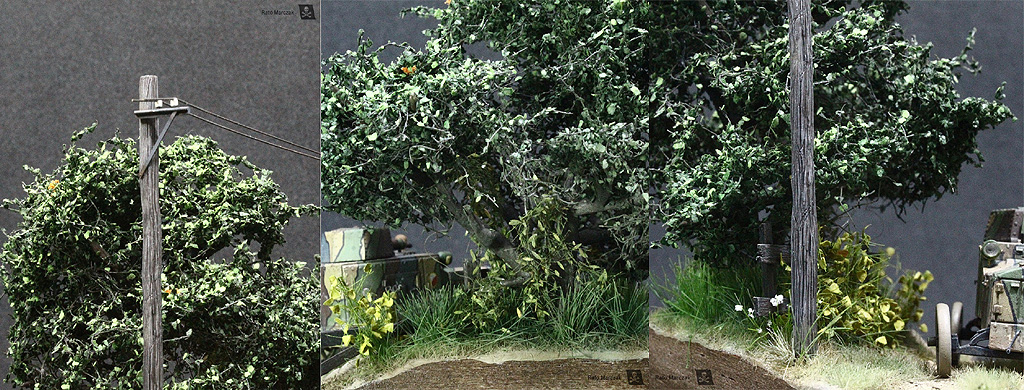
I couldn't find decent 1/72 figures for the Polish Army at the beginning of the 1920s. I know Scibor Miniatures makes some, but I suspect they are more suitable for the late 1930s. So I have to improvise a mechanic/driver and a commander:
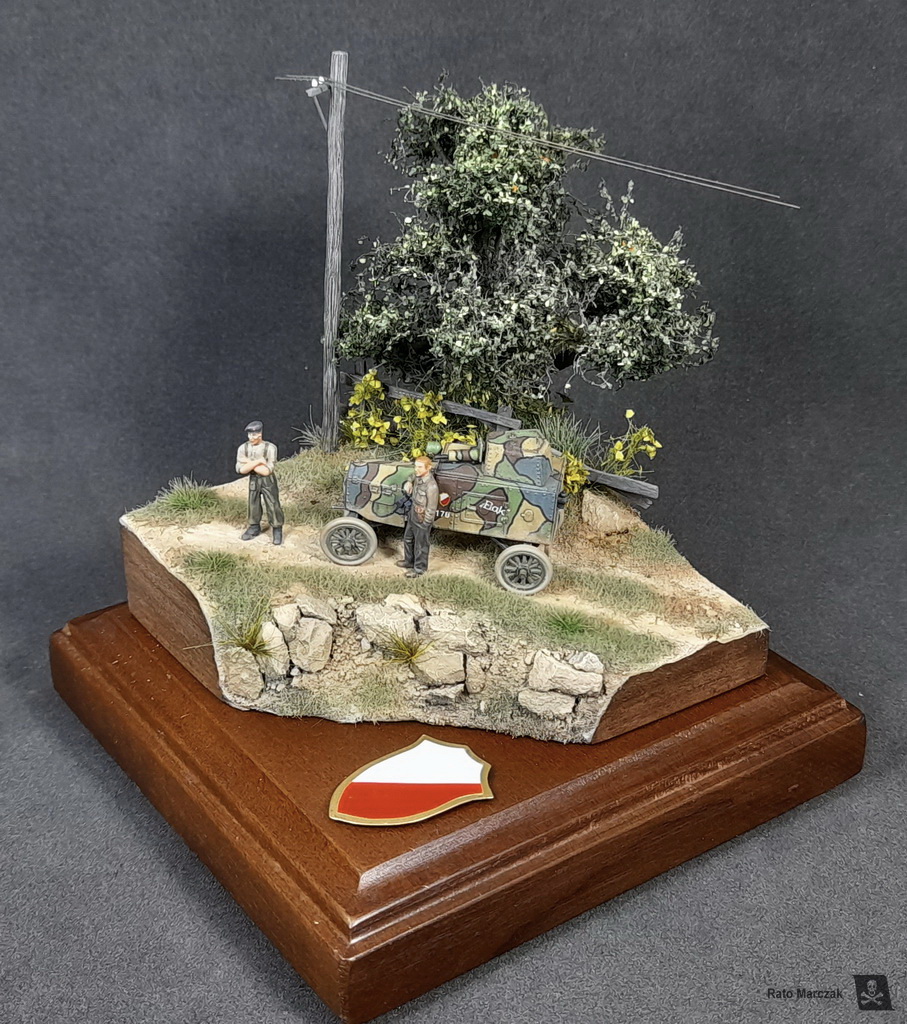
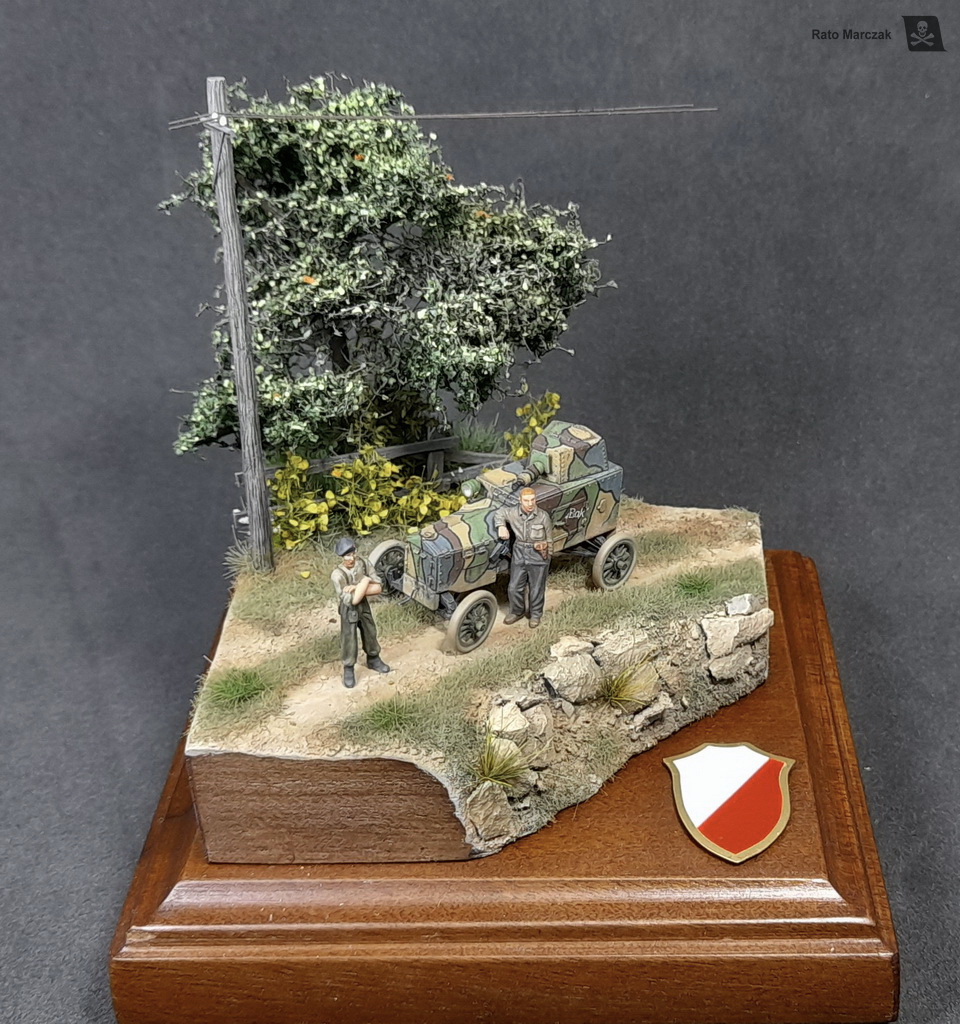
I think the lesson here is: the kit, in general, is not the reason for not having fun. Sometimes all you need is a kit with a few parts and some creativity.
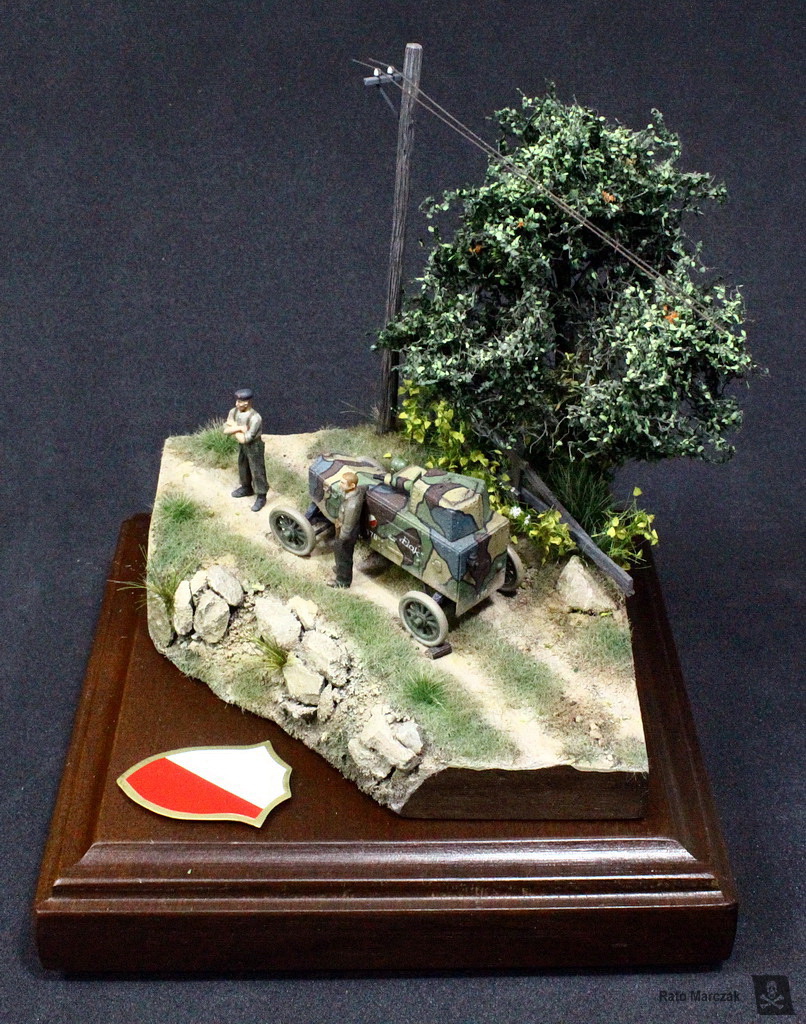
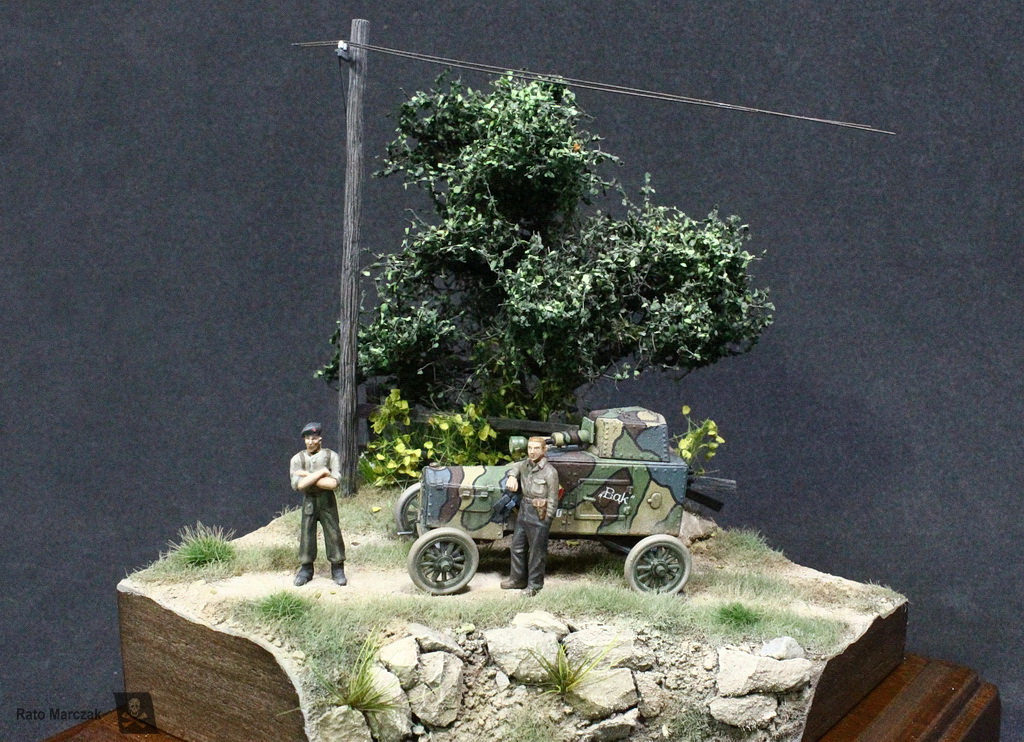
I hope you like this model and, if you have any questions or comments, drop me a line by email or through my Facebook page.

Don't ask. I still have another RPM kit in my stash. Seriously, I wanted to build this model using two silly excuses: (a) I needed something quick, to make a display base using a few new items I had, and (b) because the camouflage was very interesting, I could test some ideas and also give some honorable usage to some of my old enamel paints laying around. Besides all that, the Ford Tf-C was the first military vehicle designed in Poland (using a Ford chassis), so there are some family motives as well. Check the history of this vehicle here.
The first task in accurizing this little model was to rivet it. The RPM kit brings no rivets, and the real thing had them all over. So I spent a whole night applying rows and rows of rivet decals. I also made new leaf springs, added hinges to the doors, and improved the machine gun:


After priming the model, I started to paint the intricate camouflage. As I said, I used my old stash of Humbrol and Tamiya enamels for the main colors. It was a real pleasure to hand brush these paints. It was a trip down the memory lane - white spirits, a pointed round brush, watching an old Western movie - and I couldn't tell how fast time has passed. No brush marks, no airbrush mess. I have to do it again soon.



But then I had to load the airbrush with some lacquer clear and protect my previous colors for the next challenge. Remember when I mentioned that I had some ideas about this model? Well, I was thinking of using technical bens to draw - literally draw - the black outline between the camouflage colors. I've read about modelers using permanent pens, but I don't trust them (check here why). So I loaded a couple of ink pens, tested them, and opted for the 0.2 mm loaded with a good quality ink It worked:

A new coat of protective semi-gloss varnish and I could start the weathering. It was a simple sequence of washes, pigments, and splashes. I also replaced the kit ax with a better one and a new scratchbuilt headlight.


The next step was one of the main reasons why I made this kit. I wanted a different display base, something more ludic for a change. I will not describe the sequence/materials used, the ten steps below are evident:










The final touch to the base was a badge which I cut out of a brass plate and painted to match the unit logo on the sides of the Ford. I liked the way the vegetation looks, and the variety of colors and textures on the scene. The pole also gave an extra touch:

I couldn't find decent 1/72 figures for the Polish Army at the beginning of the 1920s. I know Scibor Miniatures makes some, but I suspect they are more suitable for the late 1930s. So I have to improvise a mechanic/driver and a commander:


I think the lesson here is: the kit, in general, is not the reason for not having fun. Sometimes all you need is a kit with a few parts and some creativity.
I hope you like this model and, if you have any questions or comments, drop me a line by email or through my Facebook page.
| Technical file | |
| Kit:
|
- RPM 72100 |
| Additions:
|
- New leaf springs, new headlight. |
| Basic
colors: |
- Primer: automotive lacquer primer. - Yellow: Humbrol 94 Brown Yellow enamel. - Green: Testors 1164 Flat Green enamel. - Blue: Humbrol 144 Intermediate Blue enamel. - Brown: Tamiya XF-10 Flat Brown enamel. - Flat coat: Testors Model Master Acryl. |
| Notes: |
- Model riveted with Micromark rivet decals |
Rato Marczak © 2022
